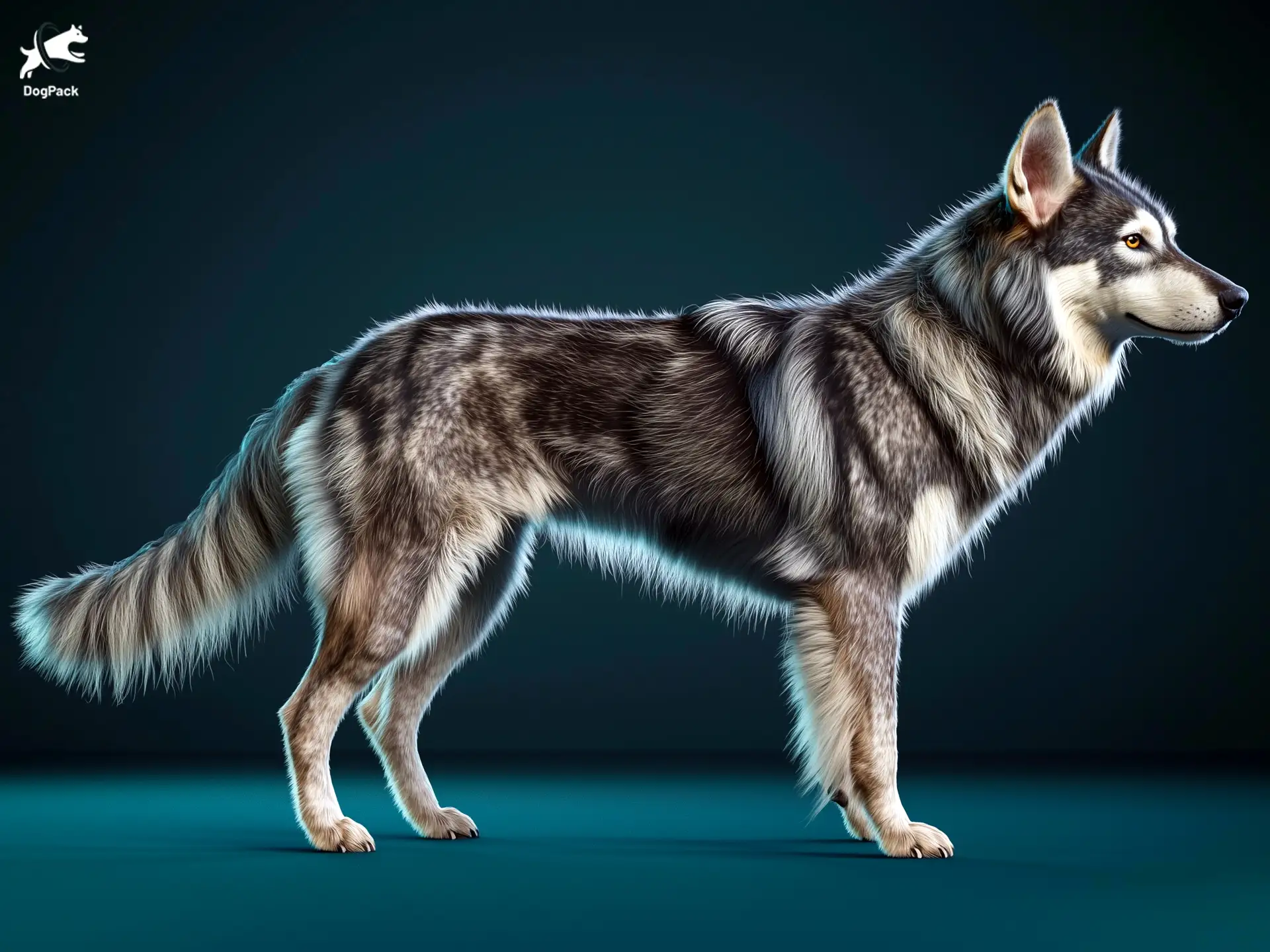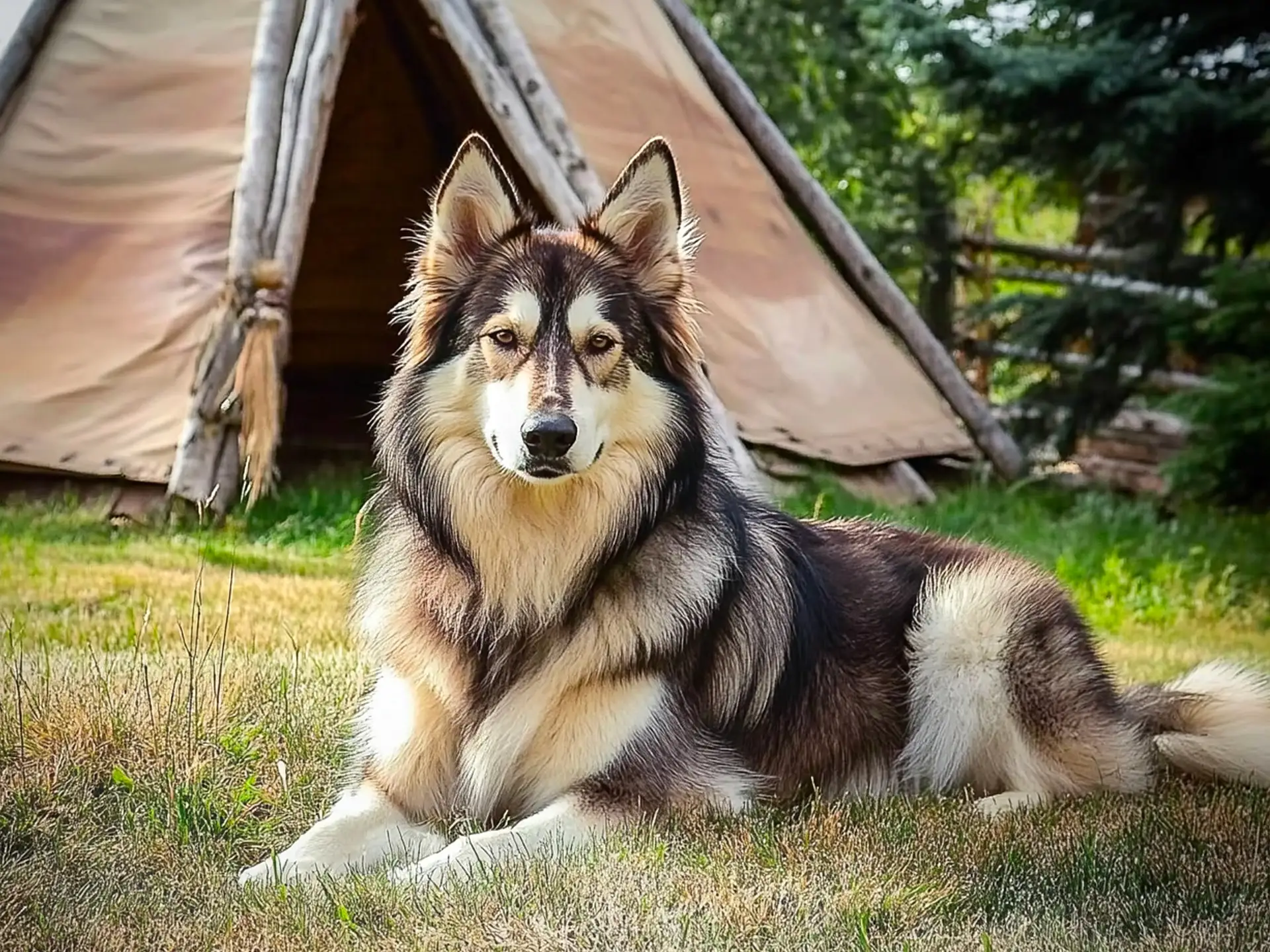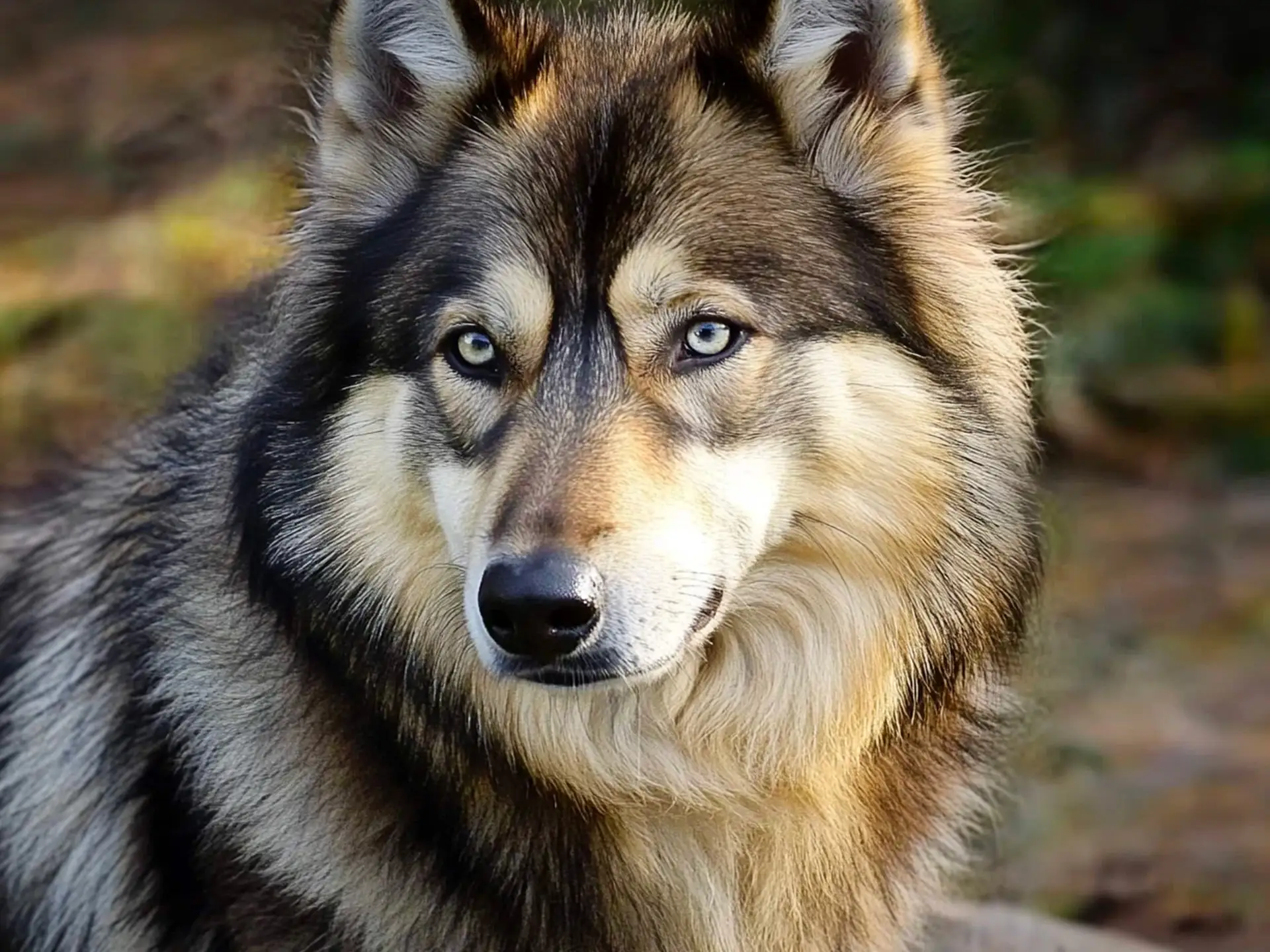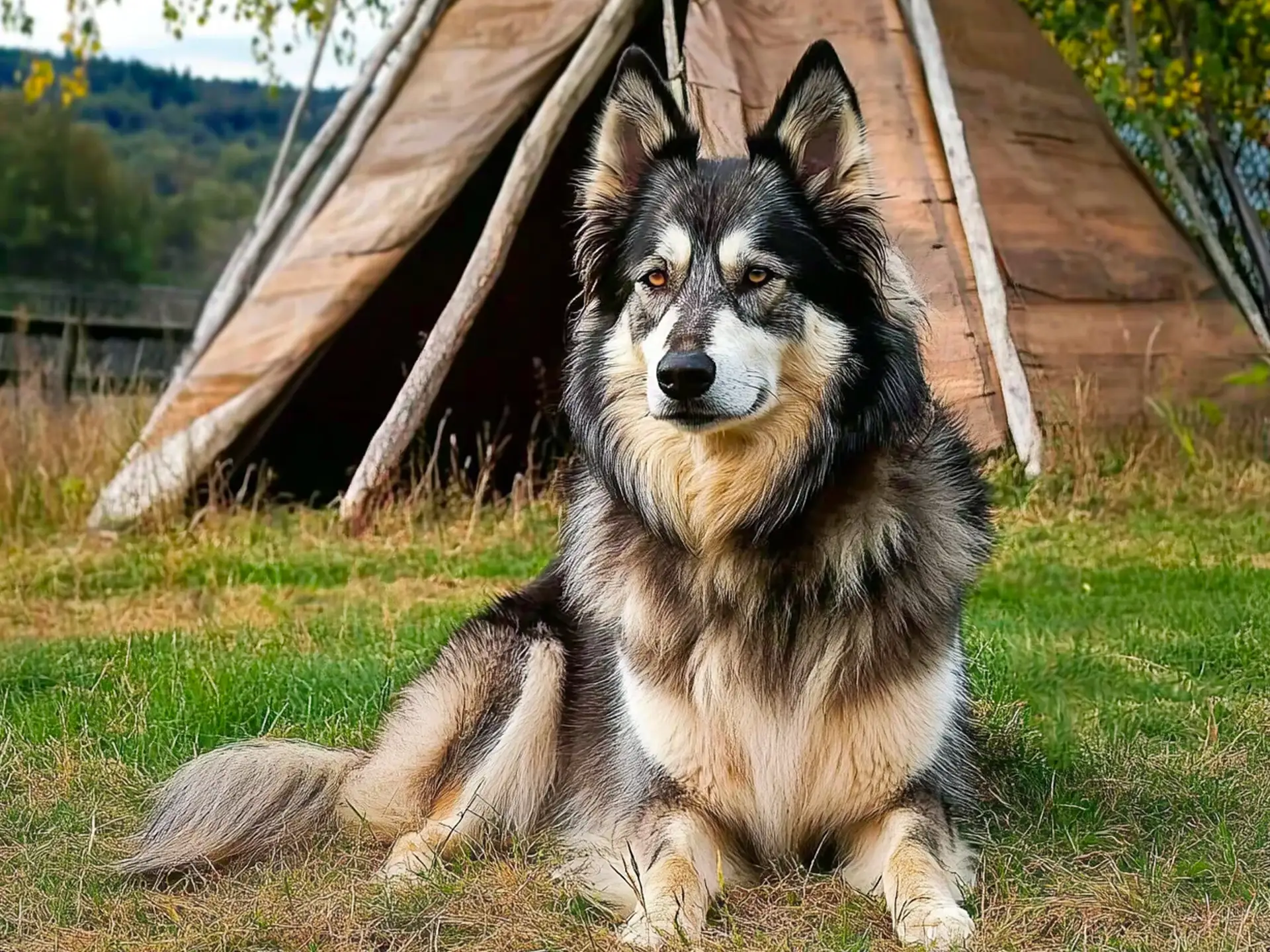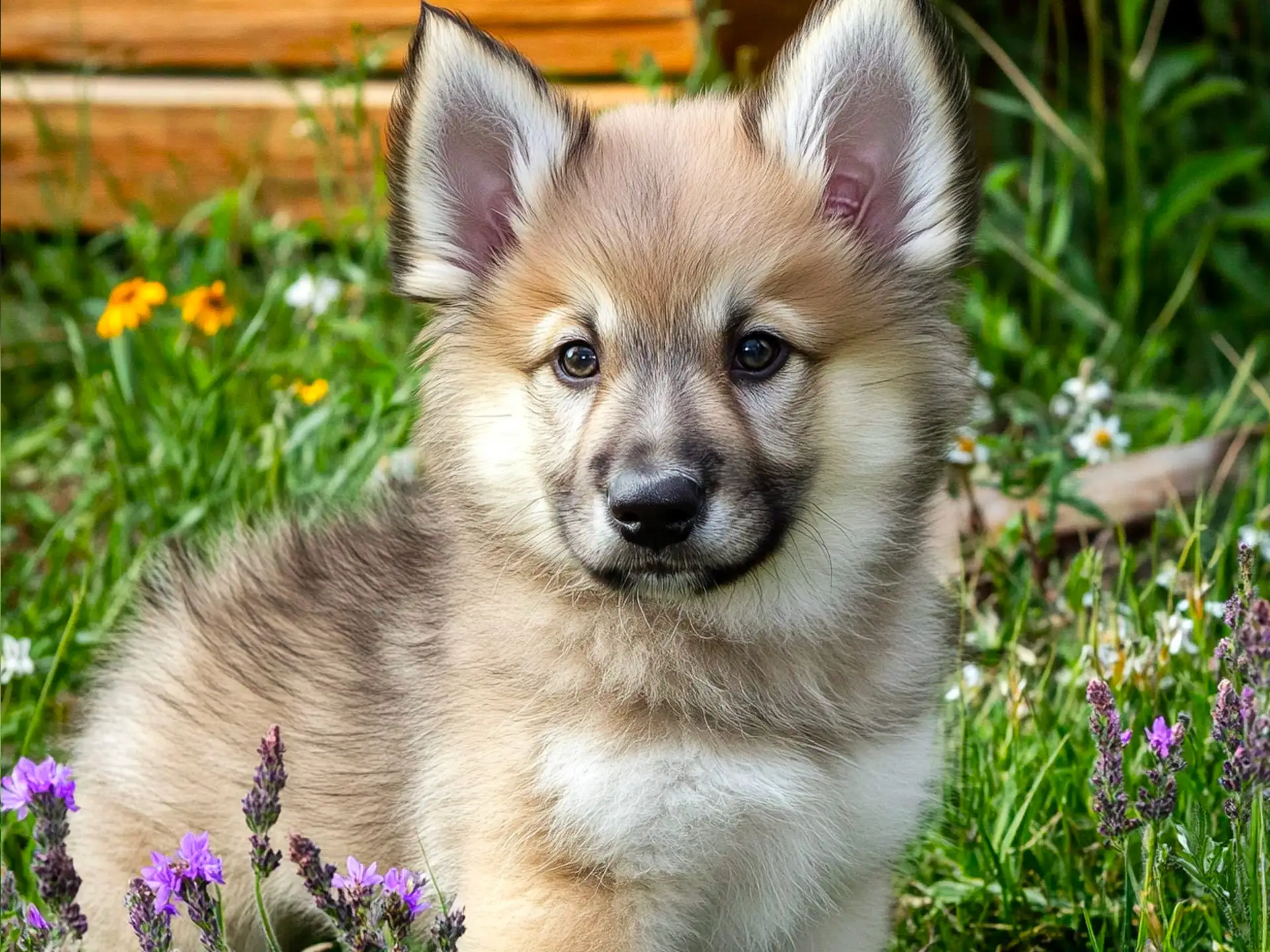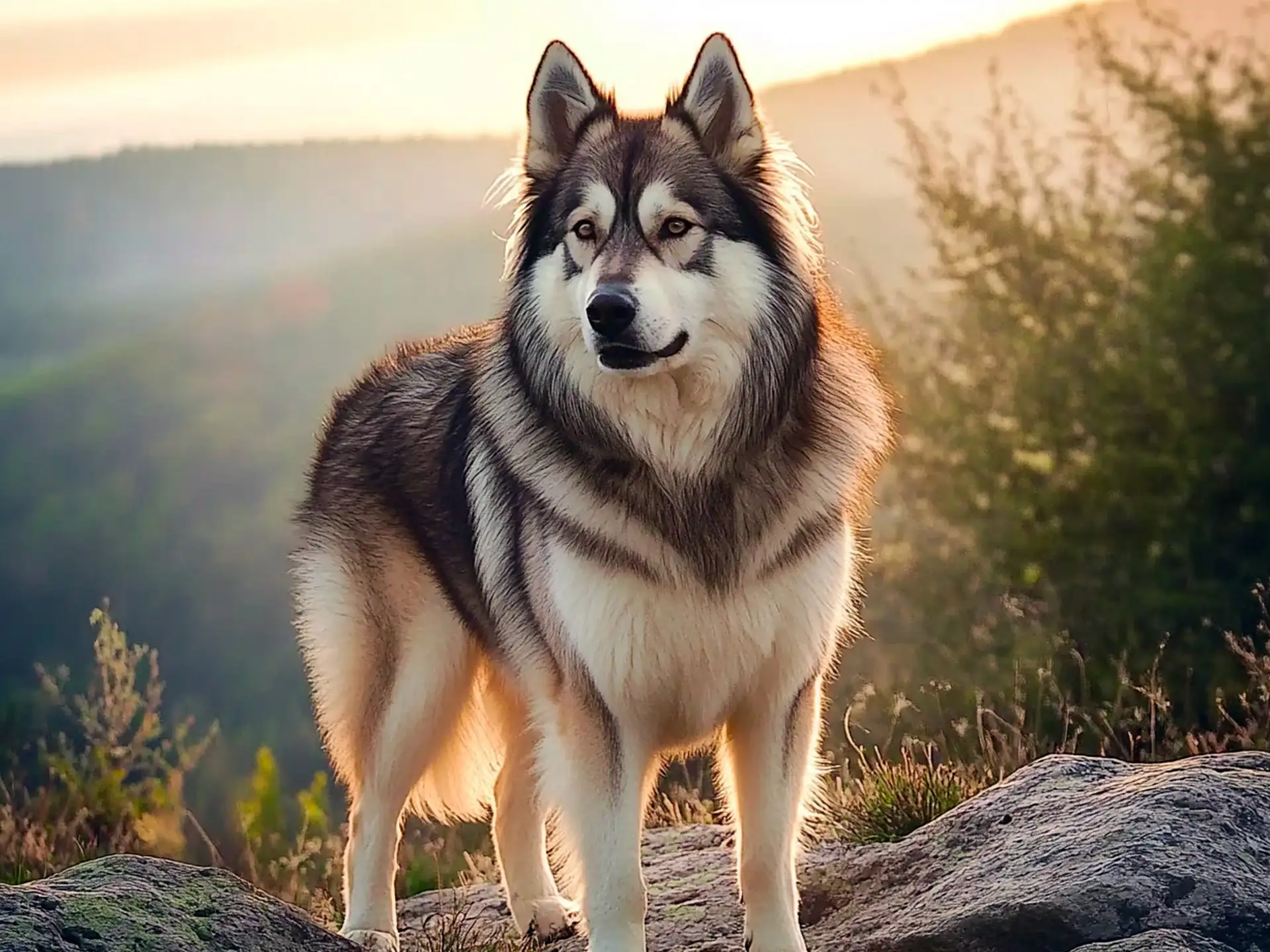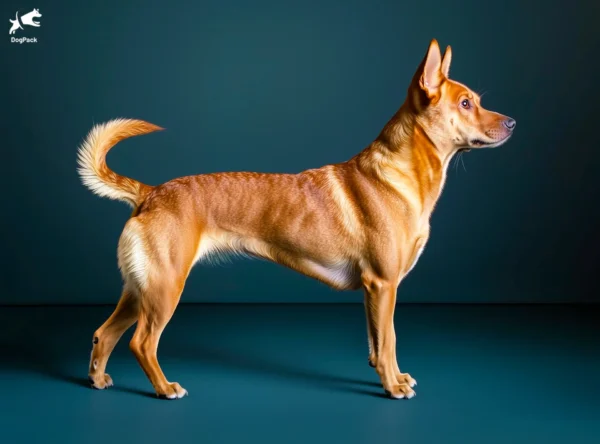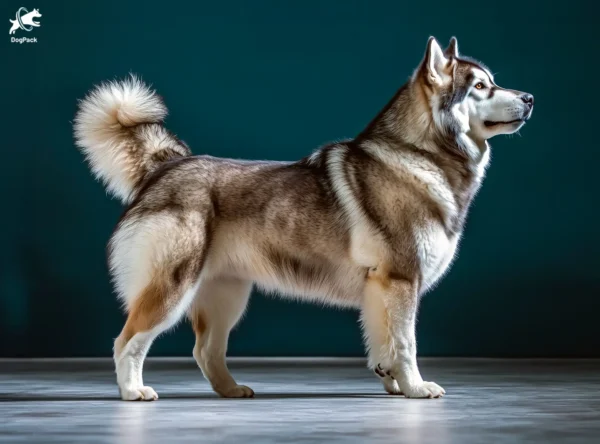Native American Indian Dog Breed Info & Overview
The Native American Indian Dog captivates admirers with its wolf-like appearance and heritage that seems drawn from ancient lore. Known for remarkable intelligence and unwavering loyalty, it’s a breed that thrives in active households. Gentle yet protective, this canine companion can adapt to various lifestyles, making it a hidden gem among modern dog enthusiasts.
Characteristics
Pictures
Breed History
Stories of a canine companion entwined with Native peoples have circulated for centuries, painting images of a dog that helped with hunting and guarded tribal families. Legends portray these canines as resourceful and deeply integrated into daily life. Modern breeders aimed to revive that mystique, believing the original line was close to extinction by the late 20th century.
Efforts to rebuild the lineage involved gathering dogs that exhibited traits matching ancient descriptions: keen senses, endurance, and devotion to their human counterparts. Genetic testing played a key role, ensuring that newly formed breeding lines remained true to their ancestral roots. Over time, enthusiasts have worked diligently to preserve the breed’s authenticity, curating bloodlines that reflect the dog’s storied past.
Although still unrecognized by major kennel clubs, the Native American Indian Dog has garnered a dedicated following of breeders and owners. Historical records are limited, and much lore remains speculative. Yet, the consistent effort to sustain a dog resembling those depicted in early accounts has spawned one of today’s most intriguing canines, linking modern households with echoes of indigenous culture.
Temperament, Personality
Often described as watchful yet affectionate, these dogs form strong bonds with their families. They have a protective streak, alerting owners to unfamiliar noises or strangers, yet rarely display aggression without cause. Early socialization is crucial to ensure they remain comfortable around new people and animals, helping to refine their naturally keen senses and steady demeanor.
Families often find these canines to be surprisingly gentle, especially around children. They are patient and tolerant but appreciate respectful handling. A well-trained individual excels at reading human emotions and may even attempt to soothe upset family members. Their loyalty runs deep, making them steadfast companions who thrive on companionship and do not fare well in isolation.
While strangers may be met with caution, consistent positive interactions can transform any guarded response into calm acceptance. The Native American Indian Dog typically shows curiosity rather than suspicion, studying newcomers from a distance before deciding to engage. Such measured reactions stem from their roots as protectors, always vigilant yet capable of forming strong social connections.
Physical Characteristics
At first glance, you might mistake this dog for a wolf, thanks to a lean, muscular build and a thick double coat. The coat often comes in grizzled shades of gray, sable, or even black and tan patterns that exude a wild allure. With erect ears and an inquisitive expression, they carry themselves with remarkable poise.
Beneath that striking exterior lies a powerful physique engineered for endurance. Strong legs allow them to traverse rough terrain, while a deep chest supports ample lung capacity. The overall impression is one of agility rather than sheer bulk, reflecting a design honed by centuries of utility. Their athletic frame suits them well for outdoor activities and vigorous play.
Although some individuals display a softer coat texture, most have a dense, weather-resistant outer layer. The Native American Indian Dog typically ranges from medium to large in stature, mirroring its ancestral role as a multipurpose helper. Subtle variations in size and fur color are common, giving each dog a unique look that complements its captivating presence.
Health Issues
These dogs are generally robust but can inherit certain conditions from the diverse lines used in developing the modern breed. Hip dysplasia remains a concern due to their larger frame, so regular check-ups and responsible breeding practices are vital. Eye issues can also occur, with some individuals predisposed to progressive retinal atrophy or cataracts if not properly screened.
Because of their dense coat, skin problems can sometimes arise, particularly if moisture gets trapped, leading to hot spots or fungal infections. Routine grooming and inspections help catch early signs of irritation. Many owners also invest in regular veterinary visits for comprehensive exams, including thyroid and cardiac assessments, to maintain overall well-being and detect potential genetic vulnerabilities.
While the Native American Indian Dog is not prone to a vast array of ailments, preventive measures are key to ensuring longevity. Keeping vaccines current, providing a high-quality diet, and scheduling annual check-ups go a long way in preserving good health. Owner vigilance in monitoring subtle changes in mobility or behavior can further ward off more serious complications.
Grooming Needs
With a thick double coat that sheds seasonally, this breed benefits from weekly brushing to remove loose fur and prevent matting. During heavy shedding periods, daily brushing may be necessary to keep stray hairs at bay. A slicker brush or undercoat rake works well, reaching through the outer layer to clear away dead hair and reduce potential skin issues.
Bathing should be occasional, as over-washing can strip the coat’s natural oils. Most owners find that a bath every few months suffices, unless the dog gets especially dirty. Dry shampoo or rinsing with water alone can be an alternative during mild messes. Always ensure the dense undercoat is completely dry afterward to prevent fungal infections from developing in damp fur.
The Native American Indian Dog’s ears should be checked weekly for debris or signs of infection. Regular nail trims are also essential, particularly for active canines that spend time on varied terrain. Some individuals may require professional grooming once or twice a year to manage the abundant coat, though diligent at-home upkeep often proves sufficient for most households.
Exercise Requirements
Energetic and intelligent, these dogs crave mental and physical challenges. Aim for at least one to two hours of activity every day, which can include brisk walks, jogs, or interactive play sessions. Because they excel in problem-solving, puzzle toys or scent games add mental stimulation and prevent boredom. A bored dog may resort to destructive habits to release pent-up energy.
Off-leash exercise in safe, enclosed areas is highly recommended, as these athletic canines love to roam and explore. Long hikes, agility courses, or even skijoring can cater to their adventurous spirit. When properly motivated, they’ll display impressive endurance, happily trotting alongside active owners. Just be mindful of weather conditions; their thicker coat makes them more tolerant of cooler temperatures than heat.
For variety, consider training them in advanced obedience, nose work, or even therapy tasks. The Native American Indian Dog thrives on a sense of purpose, and channeling its energy into meaningful tasks not only strengthens your bond but also helps maintain a well-balanced, content companion.
Training Tips
Patience and consistency form the cornerstone of training this breed. They respond best to positive reinforcement, such as praise, treats, or play. A firm but gentle approach helps them grasp commands quickly, though they can be sensitive to harsh corrections. It’s crucial to begin basic obedience training early, setting a foundation for better communication and leadership throughout the dog’s life.
To keep them focused, maintain short, varied training sessions that challenge their intellect. These dogs can become bored if lessons are too repetitive or uninteresting. Incorporating games that tap into their problem-solving abilities will spark enthusiasm and motivation. Clicker training is another technique some owners find effective, offering a clear, consistent marker for desired behaviors.
Once foundational commands are established, encourage advanced tasks or specialized work that aligns with their natural instincts, such as tracking or even search and rescue drills. The Native American Indian Dog often excels in tasks requiring alertness and stamina. Engaging these strengths promotes confidence and reinforces the bond between canine and handler, leading to a harmonious and well-trained companion.
Nutrition, Diet
Because they can weigh up to 75 pounds, aim for a nutrient-dense diet rich in quality proteins like deboned chicken, salmon, or venison. Target roughly 1,400 to 1,600 calories per day for moderately active adults. Split meals into two servings: morning and evening. This approach helps maintain stable energy levels without overloading their digestive system all at once.
For working lines or highly active dogs, consider raising daily calories to around 1,800, ensuring each meal includes essential fats and complex carbohydrates. Glucosamine and chondroitin supplements, found naturally in certain fish and meat sources, support joint health for heavier builds. Always monitor body condition rather than focusing solely on weight, adjusting portions to keep them lean and agile.
When feeding the Native American Indian Dog, look for a formula specifically designed for large-breed canines to avoid rapid growth that strains joints. You might include raw meaty bones occasionally, but consult your vet to ensure proper balance and safety. Keep fresh water accessible at all times, especially after vigorous exercise, to support hydration and overall metabolic function.
Adoption, Breeders
Locating a reputable source for this breed may require patience, as it’s not widely available through standard shelters. Dedicated Native American Indian Dog breeders often maintain waiting lists. If you’re set on adopting, check breed-specific rescue groups or broader organizations that occasionally receive these dogs. Thorough research helps ensure you find a healthy puppy or adult dog well-suited to your home.
Before committing, delve into the breeder’s practices: ask about health clearances, lineage documents, and temperament testing. A conscientious breeder welcomes questions and offers ongoing support. For those exploring adoption, consider Petfinder or contacting a Native American Indian Dog rescue network that can guide you toward available canines in need of homes. Always meet the dog in person to assess compatibility.
Be prepared for breeders who strictly oversee spay/neuter contracts or require co-ownership to protect the bloodline’s integrity. While this might seem restrictive, it helps preserve the breed’s unique qualities. High demand and limited availability can make prices steep. Ultimately, choosing a credible source ensures your new companion receives a strong start, reflecting both ethical breeding and genuine love for the dog.
Family Pet?
Active households that engage in outdoor pursuits often find these dogs to be fantastic companions. They thrive when included in daily routines, whether it’s playing in a backyard, accompanying weekend hikes, or simply snoozing at your feet after a busy day. A sense of belonging with family members is crucial; isolation or minimal interaction can lead to behavioral challenges.
Children generally mesh well with this breed’s patient nature, but proper boundaries are essential. Teach kids to respect the dog’s personal space, avoiding ear-pulling or rough handling. Supervision is advised, especially for younger children still learning appropriate behavior around animals. Under these conditions, a strong, trusting relationship can blossom between canine and child, fueling a lifelong bond.
For families with additional pets, gradual introductions and positive reinforcement sessions help smooth the transition. Though they have a protective edge, most are not outright aggressive to unfamiliar animals when socialized correctly. The Native American Indian Dog can learn to coexist peacefully, especially if both parties have stable temperaments and ample opportunities to bond within shared living spaces.
Right For You?
This is a large, high-energy dog that demands both mental and physical stimulation. Owners who prefer quiet evenings on the couch might find the level of daily exercise overwhelming. However, those who love outdoor adventures and have time to invest in interactive play will likely form a profoundly fulfilling partnership with this eager and responsive breed.
Space can be a factor, as these dogs appreciate a yard or nearby open areas for exploration. Apartment living isn’t impossible, but it requires creativity in exercise routines and a commitment to long walks. Consistent leadership, patience, and socialization are vital; without them, these dogs might develop stubborn tendencies, testing novice owners or those unprepared for an energetic companion.
If you admire a striking appearance paired with sharp intelligence and unwavering loyalty, consider the Native American Indian Dog. Still, weigh the responsibilities of meeting its exercise, training, and grooming needs. By doing so, you’ll ensure a harmonious relationship built on mutual respect and a shared sense of adventure—a perfect match for those up for the challenge.
Conclusion
Celebrated for a heritage wrapped in ancient legend, this breed stands out as both a capable working dog and a devoted friend. It demands patience, consistent training, and ample exercise, making it best suited to those with an active lifestyle and a willingness to engage daily. Families who can provide mental challenges, proper socialization, and a strong routine will likely be rewarded with a protective, affectionate companion that thrives on shared experiences. The Native American Indian Dog embodies resilience and loyalty, bridging past and present in one striking package. If you’re ready to embrace its unique needs, you may discover a once-in-a-lifetime partnership that continues to amaze you every step of the way.
FAQs
-
Is the Native American Indian Dog a purebred or a hybrid?
The Native American Indian Dog is a modern recreation of ancient Native American dogs, but it is not officially recognized as a purebred by major kennel clubs like the AKC. Instead, breeders selectively mix primitive dog breeds to preserve the historical working traits of indigenous dogs.
-
How does the Native American Indian Dog compare to wolfdogs?
While the Native American Indian Dog may resemble a wolf, it is not a wolfdog hybrid. It has been bred for trainability and domestication, unlike high-content wolfdogs, which retain strong wild instincts. However, its intelligence and independence require an experienced handler.
-
Can the Native American Indian Dog survive in extreme climates?
Yes, this breed has a thick, double coat that provides insulation in cold winter climates, similar to Siberian Huskies and Alaskan Malamutes. They also adapt well to warmer temperatures, but owners should ensure shade, water, and limited activity during extreme heat.
-
Does the Native American Indian Dog have a strong prey drive?
The breed retains some prey drive, but proper socialization can reduce chasing tendencies. They can coexist with smaller pets if raised together, but caution is advised when introducing them to unfamiliar small animals like rabbits or ferrets.
-
How trainable is the Native American Indian Dog compared to other working breeds?
This breed is highly intelligent but independent, making training a challenge for first-time owners. They excel in agility, obedience, and therapy work, but they require firm, consistent training with positive reinforcement to stay engaged.
Breed Ratings
The Native American Indian Dog shows keen problem-solving skills, picking up commands quickly when training sessions are kept engaging.
While they enjoy interactive games and outdoor fun, these dogs have a moderate level of playfulness, favoring meaningful engagement over endless fetch.
High stamina makes them great for active families, though they may settle quietly indoors once their exercise and mental stimulation needs are met.
Seasonal shedding can be substantial. Regular brushing helps manage loose fur, but expect fur tumbleweeds during peak coat-blowing times each year.
This breed retains a strong instinct to chase smaller animals, so supervised introductions and consistent socialization are crucial from puppyhood.
Despite only moderate shedding most of the year, their dense undercoat can demand extra effort. Thorough brushing sessions are essential.
They respond eagerly to gentle, reward-based methods, showing quick understanding. However, a firm, consistent approach is vital to avoid stubbornness.
rolonged solitude can lead to anxiety or destructive tendencies. They thrive with regular companionship and may not suit owners frequently away.
Generally quiet but vocal if alerted, they rarely bark incessantly. Occasional howling can occur, reflecting their wolfish ancestry and keen awareness.
Occasional drool may appear after drinking or exercising, but it’s typically minimal and not a constant concern for most owners.
Early and careful socialization fosters good relations with other canines. They can be cautious initially but grow amiable once familiar.
Overall hardy with few major issues. Regular vet checks and mindful breeding help reduce risks of hip dysplasia, eye problems, and skin infections.

